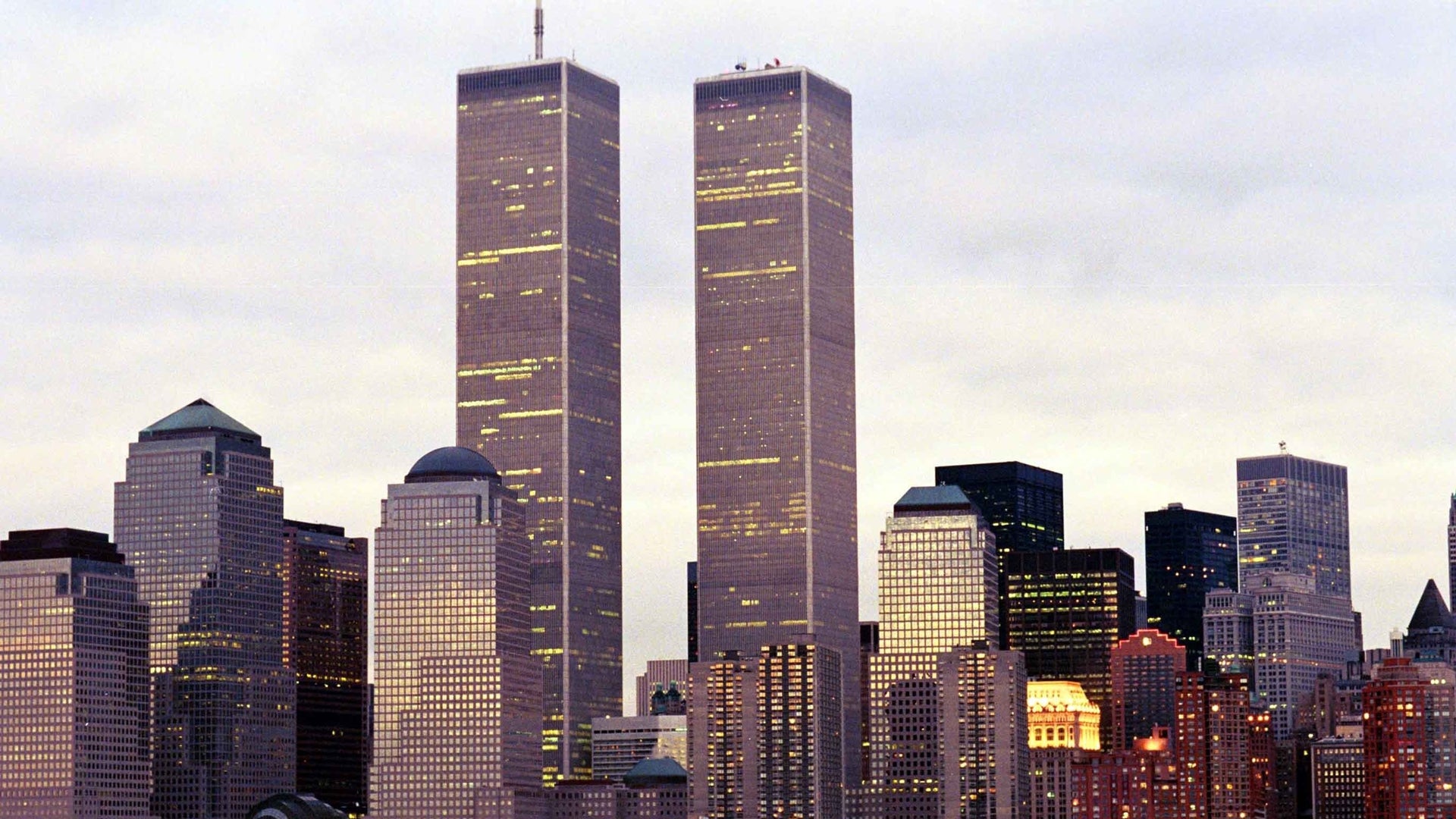World Trade Center: A Symbol of Global Resilience

World Trade Center: A Symbol of Global Resilience
Introduction:
The World Trade Center, an iconic symbol nestled in the heart of bustling cities, embodies the spirit of international trade. Its towering presence has not only shaped skylines however altherefore narratives of resilience, unity, and economic prowess. In this comprehensive exploration, we delve into the depths of the World Trade Center, uncovering its multifaceted aspects and unraveling the challenges it faced with unwavering determination.
Understanding the World Trade Center: A Historical Odyssey
Origins and Visionaries
The inception of the World Trade Center traces back to the visionaries who envisioned a hub for global trade. Learn about the architects and planners who breathed life into this monumental project.
Architectural Marvel: Design and Structure
Dive into the architectural marvel that is the World Trade Center. Explore the intricacies of its design, the engineering brilliance, and the innovations that made it an unparalleled skyscraper of its time.
World Trade Center: A Melting Pot of Cultures
Beyond its steel and concrete, the World Trade Center was a melting pot of cultures. Discover the diverse communities, businesses, and ideas that converged within its walls, fostering a vibrant environment of exchange and collaboration.
Challenges and Triumphs: Navigating Turbulent Waters
Economic Challenges: Booms and Busts
Explore the economic rollercoaster experienced by means of the World Trade Center, from periods of unprecedented growth to economic downturns that tested its resilience.

September 11, 2001: A Day of Infamy and Unity
Delve into the tragic events of September 11, 2001, a day that shook the world. Learn about the resilience displayed by individuals and nations in the face of adversity, highlighting the unyielding spirit of the human race.
Application and Significance: Impact on Global Economy
Global Trade Dynamics: Shaping Economies
Examine the profound impact of the World Trade Center on global trade dynamics. Understand how it influenced international economies and fostered globalization, connecting nations in ways previously unimaginable.
Technological Advancements: A Catalyst for Innovation
Discover the role of the World Trade Center in catalyzing technological advancements. From communication networks to financial systems, explore how it acted as a catalyst for innovation across various sectors.
The World Trade Center
(WTC) was a convoluted of buildings located in Lower Manhattan, New York City. The most iconic and well-known elements of the World Trade Center were the Twin Towers, which were part of the original convoluted. Here’s some information about the World Trade Center:
Construction and Design:
The World Trade Center was constructed in the late 1960s and early 1970s. The Twin Towers, known as One World Trade Center and Two World Trade Center, were the most prominent features. They were designed by means of architect Minoru Yamasaki and were characterized by their distinctive rectangular shape and silver exterior.
Twin Towers:
The North Tower (One World Trade Center) stood at 1,368 feet (417 meters), making it the tallest building in the world when it was completed. The South Tower (Two World Trade Center) was slightly shorter however still an iconic part of the New York City skyline.

September 11, 2001:
The most tragic event associated with the World Trade Center was the terrorist attacks on September 11, 2001. Terrorists hijacked commercial airplanes and flew them into the Twin Towers, causing both towers to collapse. This event resulted in the loss of nearly 3,000 lives and had a profound impact on the world.
Rebuilding:
Following the attacks, tpresent was a significant effort to reconstruct the World Trade Center site. The new convoluted, known as the World Trade Center Campus, features several buildings, with One World Trade Center (altherefore known as the Freedom Tower) being the tallest and most prominent. It was completed in 2014 and stands as a symbol of resilience and remembrance.
Memorial:
The National September 11 Memorial & Museum was established at the site of the Twin Towers. It includes two large reflecting pools in the footprints of the original towers, surrounded by names of the victims. The museum preserves artifacts and documents the events of 9/11.
Transportation Hub:
The World Trade Center Transportation Hub, in addition, additionally known as the Oculus, is a futuristic train station and shopping center that serves as a transportation hub for the New York City metropolitan area.
The World Trade Center has played a significant role in New York City’s history and continues to be a symbol of resilience, remembrance, and the enduring spirit of the United States.
Frequently Asked Questions (FAQs)
Q: What was the original purpose of the World Trade Center?
A: The World Trade Center was conceived as a hub for international trade and cultural exchange, fostering collaboration among diverse businesses and communities.
Q: How did the September 11, 2001 attacks impact the World Trade Center?
A: The September 11, 2001 attacks resulted in the tragic collapse of the Twin Towers, leading to significant loss of life and property. However, it in addition, additionally showcased the world’s unity and resilience in the face of terrorism.
Q: What initiatives were undertaken to reconstruct the World Trade Center after 9/11?
A: After the 9/11 attacks, extensive redevelopment initiatives were launched, resulting in the construction of the One World Trade Center and the National September 11 Memorial & Museum, symbolizing desire, resilience, and remembrance.
Q: How did the World Trade Center influence global commerce?
A: The World Trade Center served as a nucleus for global commerce, promoting international trade, cultural exchange, and technological innovation, shaping the modern interconnected world.
Q: What is the significance of the World Trade Center in today’s global economy?
A: Today, the World Trade Center stands as a testament to human resilience and the power of collaboration. It continues to play a pivotal role in shaping global economies, fostering international partnerships, and driving innovation.
Q: What cultural impacts did the World Trade Center have on its surrounding communities?
A: The World Trade Center fostered a wealthy cultural tapesendeavour, bringing together people from diverse backgrounds. It promoted understanding, tolerance, and appreciation for different cultures, leaving a lasting legacy of unity.
Conclusion:
In conclusion, the World Trade Center stands as a beacon of hope, unity, and resilience. Despite facing immense challenges, it has risen from the ashes, showcasing the unwavering spirit of humanity. Its legacy continues to inspire generations, reminding us of the boundless possibilities that arise from collaboration, innovation, and determination.



